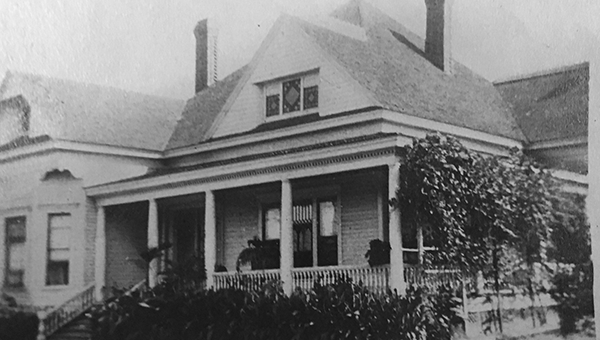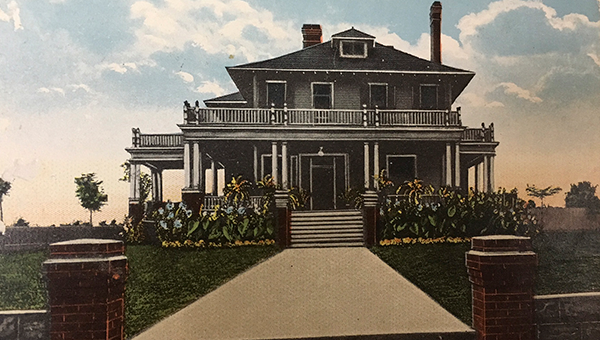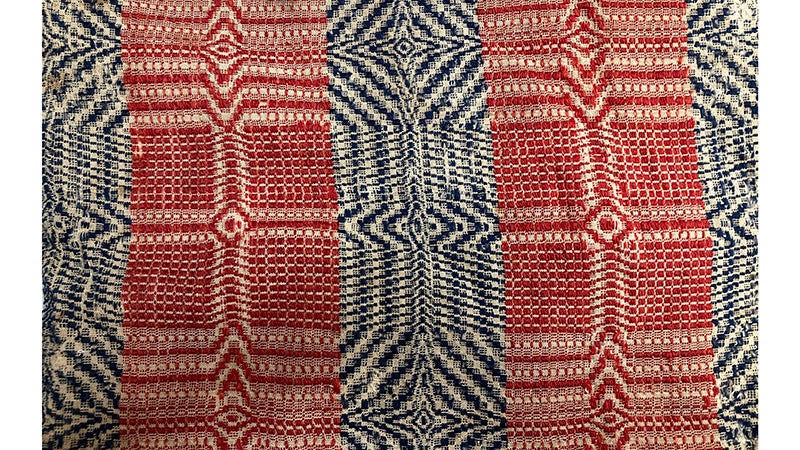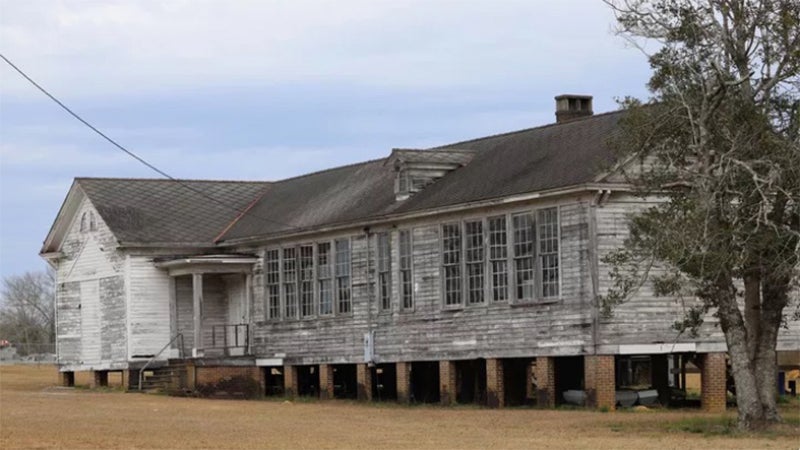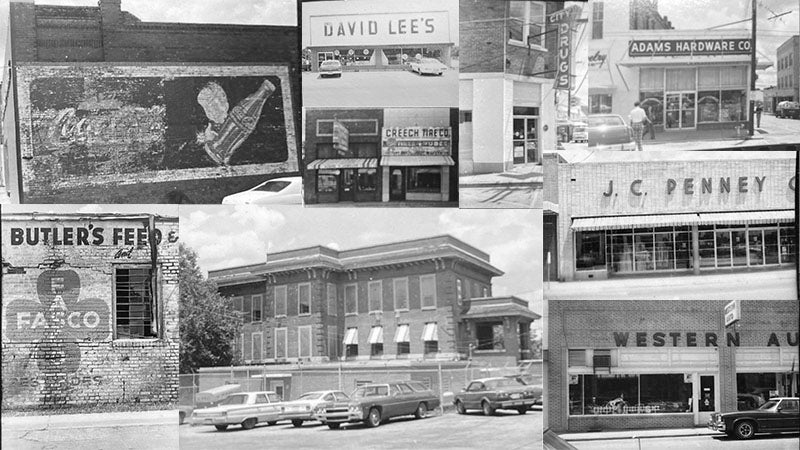Remember when: Parade route was residential
Published 2:36 am Saturday, June 30, 2018
East Three Notch Street – I was thinking about this street where the 4th of July patriotic parade will be staged next week. The old postcard that is shown with this column is a scene looking west toward the Court Square from about where the present First Baptist Church is located today. The street is not paved so we can assume that the date is prior to about 1922. There is a sidewalk where it appears there are two ladies wearing ankle-length dresses and hats. Maybe they were walking home from church. There was a lot more sidewalk walking back then than there is today!
A horse and buggy is in the distance headed to town. The old courthouse in the center of the square that was torn down after 1917, the courthouse with the bell tower, is still standing in the postcard photo. Homes lined the residential street with their own version of the picket fences. Some very old electric poles are visible. It was around 1924 that Andalusia electricity, 24-hour a day service, was connected with the River Falls Power Company. However, electrical power was generated certain hours of the day in downtown at the Power Plant on what used to be called Central Street.
This was just one of the main residential streets in Andalusia at that time in history, the others being South Three Notch Street to Bay Branch Hill and River Falls Street to the curve. These three streets were the first streets paved in 1922. I guess those horse and buggies along with the mule and wagons that kicked up dust eventually became a thing of the past when automobiles, little by little, replaced those modes of transportation. I’ll bet there were a lot of complaints about the blowing of horns, the squealing of tires, and revving up of engines with the invention of the new horseless carriages!
My mother, the late Marjorie Brunson (Bass), would have had a 95th birthday this week. I was thinking of her and remembering things she told me. A school girl in the Andalusia city schools, she grew up in the 1920s in an Andalusia sidewalk neighborhood where people sat on the front porches and spoke to their neighbors walking by. She told me so much about those growing up years. Did life really change when people quit sitting on the porches?
Neighborhood children played outside until their mothers called them in for supper, usually after or about dark. They played hopscotch, climbed trees, rolled and tumbled down banks, and rode bicycles although not all children had a bicycle.
Boys rolled around in rubber tires, walked on stilts, and played with marbles, spool toys, and ball and jacks. Girls played with dolls that had china heads, played dress-up, and played jump ropes to the rhymes of “Cin-der-ella, dressed in yellow, went downtown to see her fel-la…..”
Music could be played on the family wind-up RCA Victrola. Mama remembered a song, “She’s got —-curly hair…” and “The Doll Dance.” Going to the early movies on Saturday was fun. A local pianist played with the silent movies. That was really before my mother’s time.
Childhood illnesses during her young years were scarlet fever and blood poisoning since penicillin had not been discovered yet. (Dr. Reid Kerr once told me that little Dorothy Dunn (Brooks) was given the first shot of penicillin administered in Andalusia in 1937.)
Other dreaded sicknesses even before the 1920s were whooping cough, measles, yellow and typhoid fever, consumption, the seven-year itch, hives, hook worms. Jaundice, head lice, and thrash or thrush (sores in mouth caused by a poor diet).
Medicines administered back then might have been castor oil for “spring cleaning” and calomel. Cocoons were used for a finger bandage. Mustard plasters were pretty common. Quarantining children in the event of sickness was standard procedure. One of the Brunson children was quarantined in the Brunson (City) Hotel until they recovered from the mumps.
Most mothers sewed at home some lacey and sometimes simpler basic dresses and jumpers out of calico. They were stitched and sewn with and without patterns. During the Depression years of the 1930s, material from flour sacks was sometimes used to make children’s clothing. Sailor blouses were the typical school-house look for girls. Overalls were often worn by the boys before federal assistance programs. School class photos on the front steps of the East Three Notch School showed some boys barefooted. Other boys wore short pants and suspenders. Mr. Sidney Waits, reared in the 1920s, still dons and enjoys his suspenders, but he is a “school boy at heart” anyway!
Soup bowl haircuts for the boys were the norm. Girls often had bangs and wore pigtails until their teen years when the bobbed hair cut short on the neck became fashionable. The shoulder length hair (the “bedroom” hair, I’ve heard it called) came back in style in the 1940s. The beauty parlors started offering permanent waves when women exercised and were granted their right to vote (August 1920 -19th Amendment to the U. S. Constitution), began wearing short hairdos with curls and waves, and started shortening their hem lines. Some say it was “dreadful!” The older generation, that is. Isn’t that true even today?
Regarding family life, families ate meals together and prayed together. They would listen to the radio at night after supper before the days of television – news, drama, and entertainment. Many families in the 20s and 30s grew their own vegetables in their home gardens. Some raised their own chickens in the back yard and gathered eggs from the henhouse. If your family lived near downtown, one could order their groceries by phone from one of the downtown grocery markets, and a boy on a bicycle would deliver the order in a box. My grandmother might typically have ordered a 5-pound bag of sugar, a bunch of bananas, a head of cabbage, a box of salt, and pound of bacon. Fresh baked loaf bread from the brick ovens was available at the downtown bakery.
Parents read to their children at night, stories and rhymes. My mother remembered, “What are little boys made of? Frogs and snails and puppy dog tails, That’s what little boys are made of! What are little girls made of? Sugar and spice and everything nice, That’s what little girls are made of!”
Birthday parties for children, my mother remembered, were so much fun playing “Pin the Tail on the Donkey,” “Here We Go Loop-de-Loop,” and “A Tisket, A Tasket, A Green and Yellow Basket.” Someone always cried, because they couldn’t pin the tail on the donkey blindfolded! I think I was probably one of those! Well, I probably just pouted!
Here is a poem that will remind me and many of you readers, too, of our mothers – “The heart of a home is a mother, Whose love is warm and true, And home has always been ‘sweet home’ With a wonderful mother like you!”
My mother wouldn’t like being 95 years old. She always liked being young. She admired movie star Doris Day and singer Frank Sinatra and would often sing that popular song recorded by both of them, “Young at Heart.” (We played the stereo in our living room a lot – and loud!) I Remember When she said that “old” was “ten years older than you are!”
“Once upon a memory, Someone wiped away a tear, Held me close and loved me. Thank you, Mother dear.”
See you on East Three Notch Street next Wednesday, 10:00 a. m., at the 5th Annual 4th of July parade! Visit the Three Notch Museum afterward. It will be open.
Sue Bass Wilson, AHS Class of ’65, is a local real estate broker and long-time member of the Covington Historical Society. She can be reached at suebwilson47@gmail.com.


